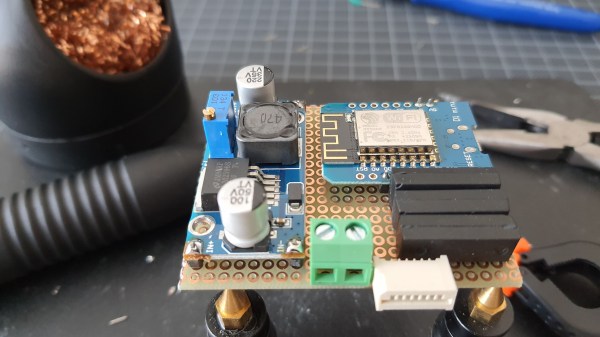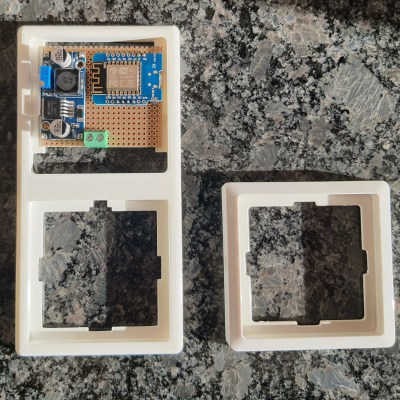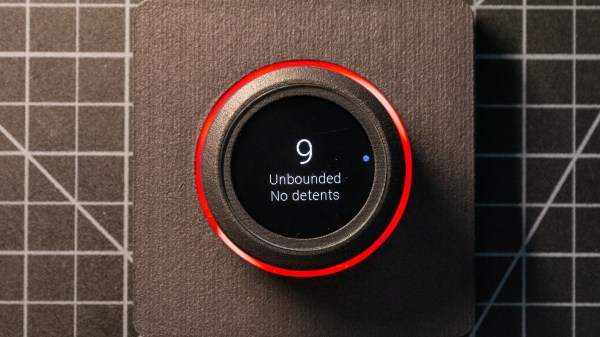For decades, mankind was content to launch payloads into orbit and then watch hundreds of thousands of hours of blood sweat and tears just crash into the ocean. Then, partially because of huge advancements in being able to throttle rocket engines, we started landing our first stage boosters. [Joe] over at the BPS.space YouTube channel is tired of watching SpaceX have all the booster landing fun, but he’s not quite at the throttled liquid engine stage yet. So in the video below the break he asked the question: Can you throttle solid rocket motors? Yes. No. Sort of.
Throttling liquid rocket engines is actually not that different from throttling any other engine- by limiting the amount of fuel and oxidizer. This is challenging all on its own because well… it’s rocket science. With liquid rocket engines though, the concept is at least straightforward. But model rocketry hobbyists only use liquid fueled engines on the extreme high end. The vast majority instead use solid fueled rockets where the fuel is pre-mixed and isn’t variable at all.
These obvious hurdles didn’t stop [Joe] from trying. And trying again. Then, again. And once more for good measure. And then again for repeatability. There are definitely some failures along the way, and we applaud [Joe] for even admitting that he didn’t know how to use a drill properly. Hackers of any age can relate to the time when the didn’t know how to do something, although we also tend to not talk about that part too much.
We won’t spoil the ending except to say that the video is definitely worth a watch to see how [Joe] essentially solves the problem of limiting the effective thrust of a solid rocket engine without actually throttling the engine, and learns about a new issue he’d never seen before.
Of course you can also make rocket engines at home out of a plethora of ingredients, just be sure to do it in somebody else’s kitchen!
Continue reading “Throttle Your Solid Rocket Motors With This One Simple Trick!”




















